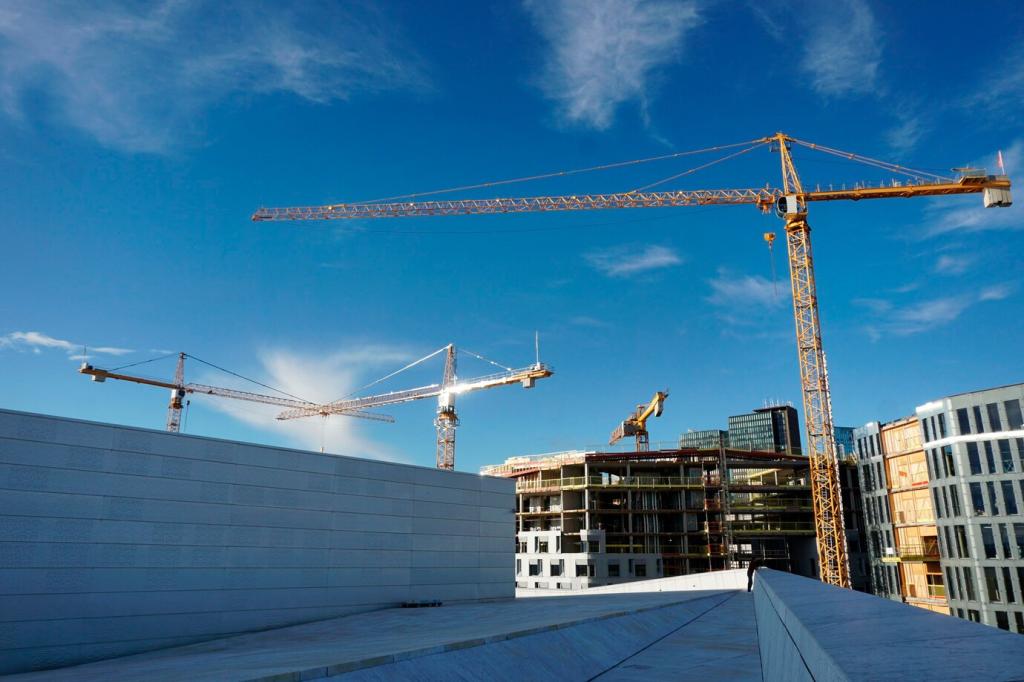Why Modular Cuts Costs Without Cutting Corners
Modular homes are often completed 30–50% faster than traditional builds, compressing carrying costs, rent overlaps, and interest during construction. By fabricating off-site while site work proceeds, timelines shrink and budgets breathe. Share your timeline goals in the comments so we can tailor future tips.
Why Modular Cuts Costs Without Cutting Corners
Factory environments standardize cuts, minimize offcuts, and protect materials from weather. Waste can drop significantly, with more of your budget funding usable structure rather than dumpsters. Ask us about waste-reduction strategies you can implement on day one, and subscribe for a deeper materials playbook.








